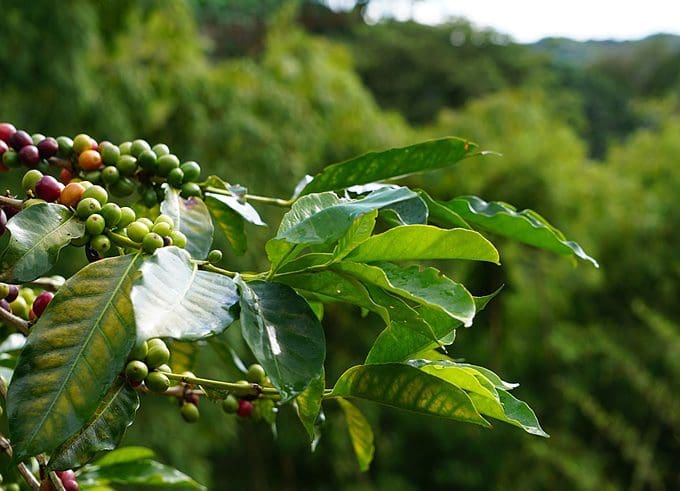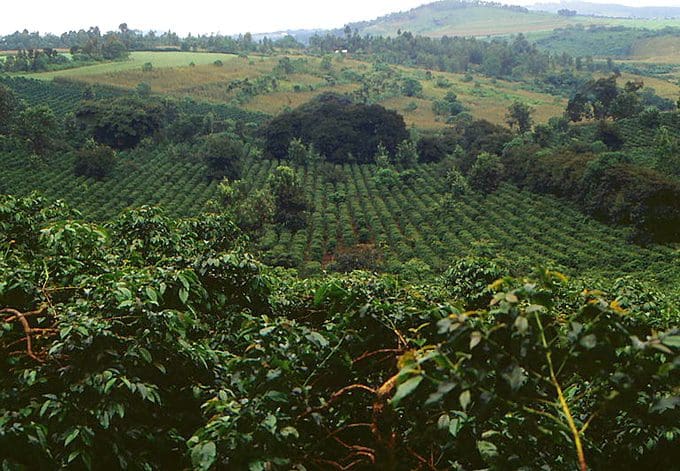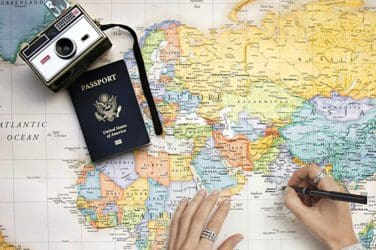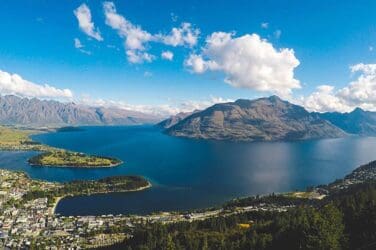words Al Woods
Since its dissemination in the European territory, throughout the XV Century, the origins of the coffee plants have been the subject of many controversial theories. The most accepted one states that the first coffee shrubs grew up in the current Ethiopian territory, millenniums ago.

As a drink, coffee was discovered by the Arab populations, then it spread all over the Middle East and touched the European soil thanks to the Turkish merchants. When the big European realms started to colonize the American continent, al lot of coffee plantations established there, since the soil quality and the weather conditions of many areas turned out to be ideal for this kind of cultivation. That’s why in many American countries (Brazil, Mexico, Costa Rica and others) an intensive coffee-based farming activity started to take place since the 18th Century.
Currently, coffee is intensively grown in most of the countries located in subtropical, tropical and equatorial areas. The economy of many of them is mostly or significantly based on its production. Nevertheless, there are a few countries whose coffee plantations may appear unusual, considering their traditions and/or geographical position. The produce excellent coffee, though.

Let’s discover some of the,
- Vietnam. Like the whole Indochinese area, this is a country whose population would typically drink some tea rather than coffee. Despite that, coffee is one of the main driving forces of Vietnamese economy, to the point that the Asian country is currently the second world’s largest producers, right after Brazil. Apparently, the quality of the ground is the main secret: many areas of Vietnam, in fact, seem to show the best geological and meteorological conditions for a coffee plant’s growth.
- China. Not only one of the most important coffee producers (14th in the current world ranking), but also one of the main exporters, since the Chinese population is anything but a compulsive coffee consumer. Most of the plantations are concentrated in the Yunnan region (between the Red River and the Mekong River), south of the country, close to the
Burmese border. In other words, another piece of Indochina inside the Chinese territory.
- United States. The USA are the country that imports most of the Chine’s coffee. Despite that, they have a secret weapon to feed their longing for autarchy, and its name is Hawaii. On the Pacific Ocean’s archipelago, the weather conditions are perfectly fit to establish new plantations and try to make some money over it.
- Uganda. This African country is probably the one that better inherited the legacy of ancient Ethiopian coffee. That’s why coffee is widely cultivated in the countryside as well as widely consumed in the most important cities, starting from the capital Kampala.
- Central African Republic. Growing coffee basically in the open desert represents one of the most difficult challenges for a farmer. But in this extremely poor country, impossible and possible melt together. Central African coffee is delicate, smooth, with a negligible acidity level. An unforgettable experience, especially considering the conditions in which the plants have to grow.





